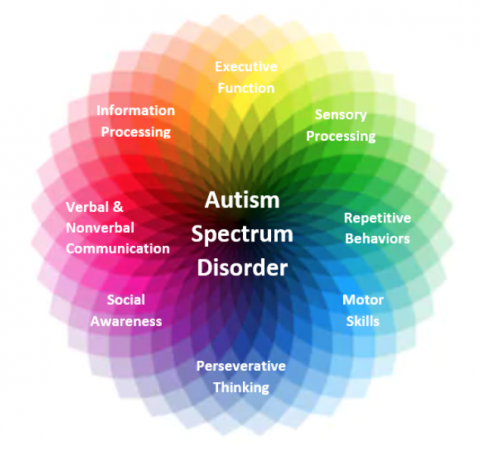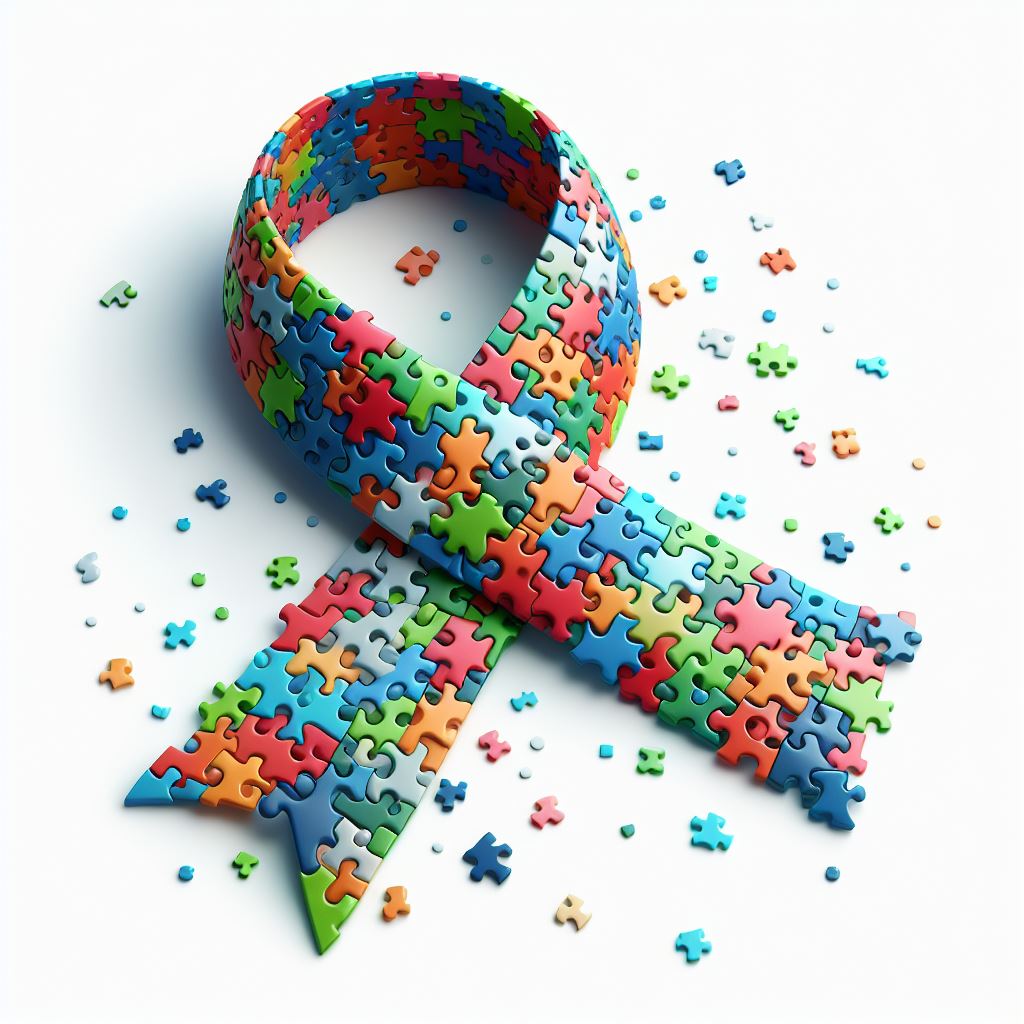Navigating Social Difficulties: Tips for People Coping With Autism
Navigating Social Difficulties: Tips for People Coping With Autism
Blog Article
Discovering Autism: Strategies for Efficient Communication and Communication
Effective communication and interaction with individuals on the autism spectrum necessitate an extensive understanding of their one-of-a-kind demands and preferences. Techniques such as using clear language, making use of aesthetic supports, and cultivating regular regimens can significantly enhance engagement and reduce anxiousness. Identifying the importance of non-verbal cues and shared rate of interests leads the means for purposeful connections. The details of these techniques expose more factors to consider that merit exploration, specifically in exactly how they can be adjusted to varied contexts and specific experiences. What might these adaptations resemble in method?
Understanding Autism Range Disorder
Autism Spectrum Problem (ASD) encompasses an array of neurodevelopmental conditions defined by obstacles in social interaction, communication, and recurring behaviors. The term "range" mirrors the diverse indications and differing degrees of extent experienced by individuals with ASD. While some might show significant disabilities, others might display high-functioning attributes, allowing for higher freedom in daily life.
The beginning of ASD commonly takes place in early youth, with indicators frequently identifiable by age 2. Very early signs may include postponed speech advancement, restricted eye call, and troubles in comprehending social signs. The accurate etiology of ASD stays unclear, research suggests a mix of genetic and ecological aspects plays a crucial function in its development.
Individuals with ASD typically have distinct staminas, such as enhanced focus to information and exceptional memory abilities. Nonetheless, they might battle with recognizing abstract principles and handling modifications to routine. Consequently, interventions and support customized to specific requirements are vital for fostering interaction and social abilities. Acknowledging the complexity of ASD is vital for promoting awareness, approval, and efficient techniques that facilitate purposeful interactions with individuals on the spectrum.

Importance of Clear Interaction
Reliable communication is important for promoting understanding and connection, particularly for people with Autism Range Condition (ASD) Clear communication not just promotes social communications however additionally improves the individual's capability to reveal their feelings, thoughts, and demands. For individuals with ASD, the subtleties of language can often be testing; as a result, using distinct and simple language is essential.
In addition, clear communication aids minimize frustration and anxiousness that may arise from misunderstandings. When messages are conveyed in a straight and consistent manner, people with ASD are much better furnished to analyze info properly, which can substantially boost their social interaction and engagement in various setups.
Establishing routines and making use of aesthetic assistances can additionally bolster clear communication. These approaches provide individuals with foreseeable frameworks that help understanding and retention of information. Furthermore, proactively being and listening individual throughout communications promotes a helpful setting where people with ASD feel valued and understood.
Eventually, focusing on clear interaction not just empowers individuals with ASD but likewise cultivates more meaningful connections with their peers, caregivers, and the wider neighborhood, leading the way for inclusive interactions and collective partnerships. - autism
Non-Verbal Communication Methods
Interaction prolongs past words, and for individuals with Autism Spectrum Condition (ASD), non-verbal hints play a substantial duty in communications. Non-verbal interaction strategies can consist of faces, gestures, body movement, why not find out more and eye call, every one of which work as essential parts for sharing feelings and purposes.
Recognizing and analyzing these non-verbal signals can boost interactions with individuals with ASD. A warm smile or open stance can produce a welcoming environment, encouraging engagement. In a similar way, making use of aesthetic aids-- such as photo cards or signs-- can bridge communication voids and assist convey messages better.
It is additionally essential to be conscious of personal room, as individuals with ASD might have different comfort levels concerning proximity. Observing their responses to physical nearness can notify ideal changes.

Producing Supportive Settings
Developing a helpful setting is important for promoting positive interactions and boosting the health of people with Autism Range Disorder (ASD) Such settings can dramatically reduce stress and anxiety and develop a feeling of safety and security, allowing people to express themselves a lot more easily.
To accomplish this, it is important to take into consideration sensory level of sensitivities that individuals with ASD might experience. Changing the physical space to include soft illumination, marginal background sound, and comfortable seating can develop a calming environment. Furthermore, using regular routines and clear visual timetables can assist people anticipate changes and decrease uncertainty, further advertising convenience.
Social areas need to be structured to reduce frustrating stimulations while supplying possibilities for involvement in preferred tasks. Facilitating locations designated for quiet time can also function as a haven throughout minutes of stress and anxiety. Importantly, integrating components of choice equips individuals, enabling them to work out company in their setting.

Urging Social Interactions
Promoting social interactions amongst people with Autism Range Condition (ASD) needs willful strategies that focus on convenience and engagement. Establishing predictable regimens can help in reducing stress and anxiety, making social settings much more approachable. Producing organized atmospheres with defined functions and duties allows individuals to engage without the overwhelming pressure of unstructured social dynamics.
Including interests and staminas right into social tasks can work as a driver for communication. As an example, arranging team activities around shared leisure activities or topics of attraction can promote all-natural discussions and connections. In addition, using visual supports, such as social scripts or photographic timetables, can assist in recognizing social cues and assumptions.
Modeling proper social habits is essential - autism. Grownups and peers need to demonstrate efficient interaction methods, including active listening and turn-taking. Role-playing scenarios can likewise give a safe area for people to exercise these skills
Last but not least, cultivating peer relationships via comprehensive methods is vital. Encouraging comprehensive playdates or team outings can develop opportunities for socializing in a comfortable setup. By carrying out these caretakers, approaches and instructors can significantly enhance social interactions for people with ASD, promoting their overall social development and wellness.
Conclusion
Finally, effective communication and communication approaches official statement are important for supporting individuals with Autism Range Problem. Stressing clear language, incorporating non-verbal cues, and establishing predictable routines considerably enhance engagement and decrease anxiety. Producing helpful atmospheres promotes secure social communications, while encouraging shared passions promotes significant connections. Inevitably, these methods empower individuals with autism to navigate social landscapes, promoting their total wellness and enabling the advancement of lasting partnerships.
Effective interaction and interaction with individuals on the autism range necessitate a comprehensive understanding of their distinct needs and preferences. Clear interaction not only helps with social communications yet likewise improves the person's capability to reveal their ideas, demands, and feelings.Fostering social communications amongst individuals with Autism Spectrum Disorder (ASD) requires willful methods that focus on convenience and engagement. By applying these techniques, teachers and caretakers can considerably improve social communications for individuals with ASD, promoting their total social advancement and wellness.
In conclusion, effective interaction and communication methods are crucial for supporting individuals with Autism Range Disorder.
Report this page